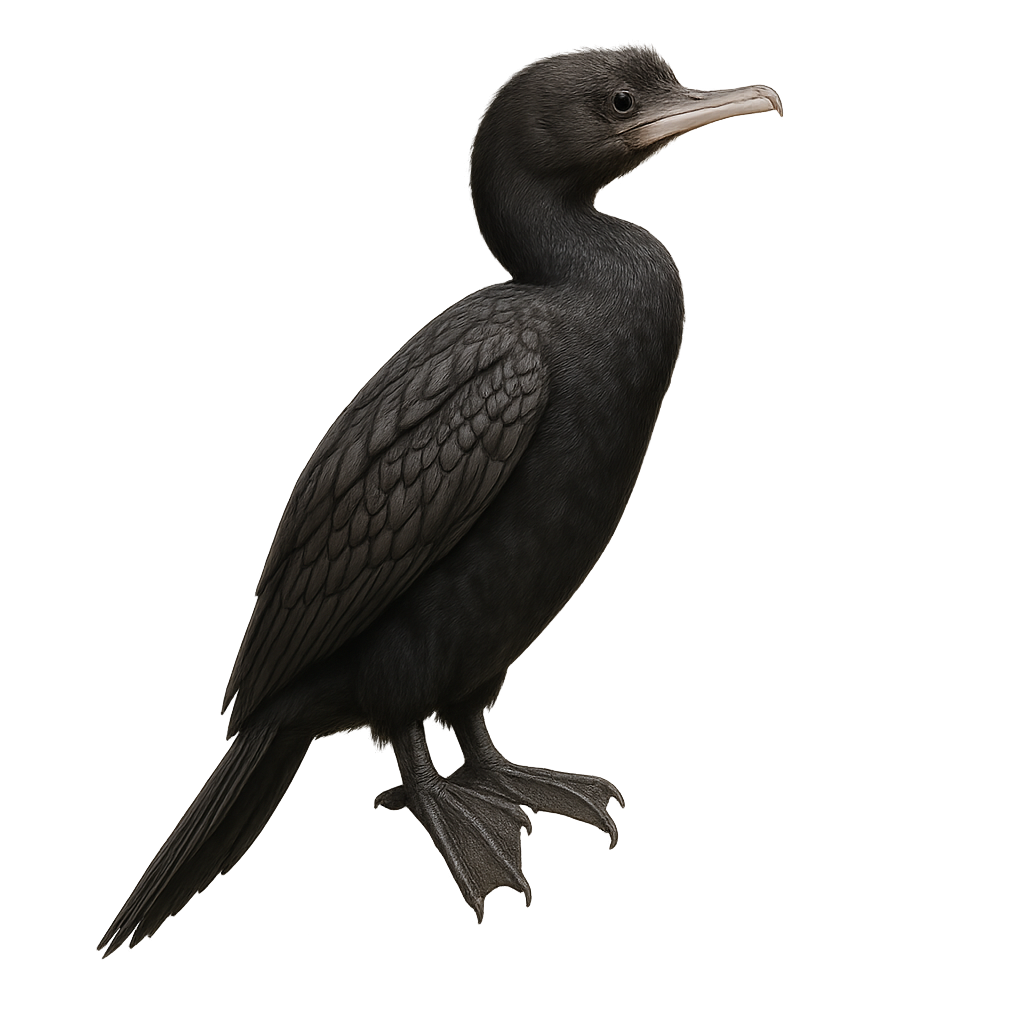Your wildlife photography guide.
Explore the little cormorant in detail, study its behavior, prepare your shots.
Where to observe and photograph the little cormorant in the wild
Learn where and when to spot the little cormorant in the wild, how to identify the species based on distinctive features, and what natural environments it inhabits. The WildlifePhotographer app offers tailored photography tips that reflect the little cormorant’s behavior, helping you capture better wildlife images. Explore the full species profile for key information including description, habitat, active periods, and approach techniques.
Little Cormorant
Scientific name: Microcarbo niger

IUCN Status: Least Concern
Family: PHALACROCORACIDAE
Group: Birds
Sensitivity to human approach: Suspicious
Minimum approach distance: 10 m
Courtship display: June to August
Incubation: 25-28 jours
Hatchings: June to September
Habitat:
Lakes, rivers, wetlands
Activity period :
Primarily active during the day, with peak activity in the morning and late afternoon.
Identification and description:
The Little Cormorant, Microcarbo niger, is a small aquatic bird measuring about 50 to 55 cm in length with a wingspan of 80 to 90 cm. Its plumage is predominantly black with metallic sheen, and it has a distinctive white throat. This bird is commonly found in South and Southeast Asia, frequenting lakes, rivers, and wetlands. It primarily feeds on fish, which it skillfully captures by diving underwater. The Little Cormorant is an excellent swimmer and diver, using its webbed feet for propulsion. It nests in colonies, often alongside other waterbird species, building branch nests in trees or bushes near water.
Recommended lens:
400mm – adjust based on distance, desired framing (portrait or habitat), and approach conditions.
Photography tips:
To photograph the Little Cormorant, it is advisable to use a telephoto lens of at least 400mm to capture detailed images from a distance. These birds can be suspicious, so approach slowly and discreetly. Look for them near water bodies early in the morning or late in the afternoon when the light is soft. Use a tripod to stabilize your camera for sharp shots. Be patient and wait for them to dive or dry their wings for dynamic photos.
The WildlifePhotographer App is coming soon!
Be the first to explore the best nature spots, track rutting seasons, log your observations, and observe more wildlife.
Already 1 430 wildlife lovers subscribed worldwide

